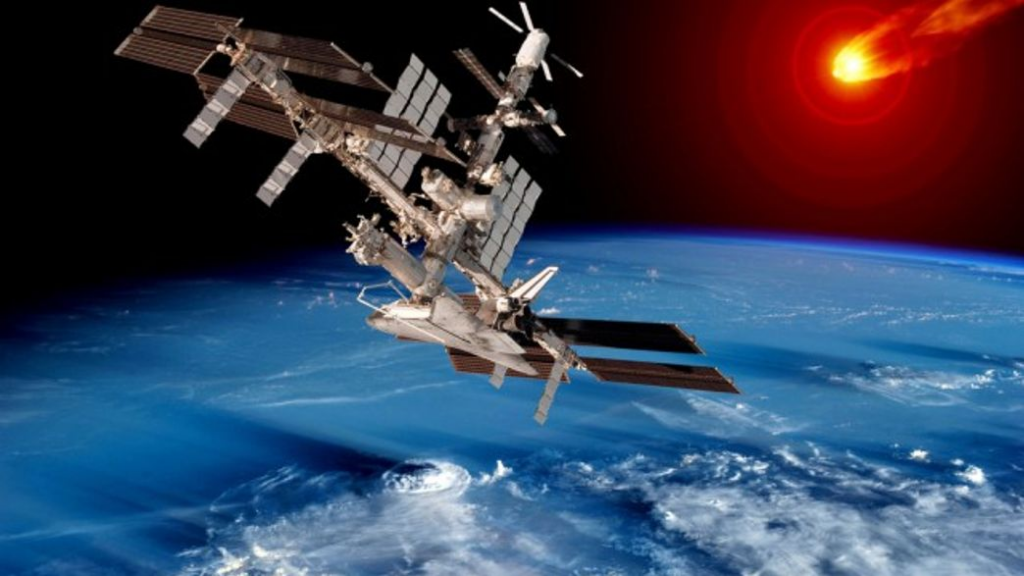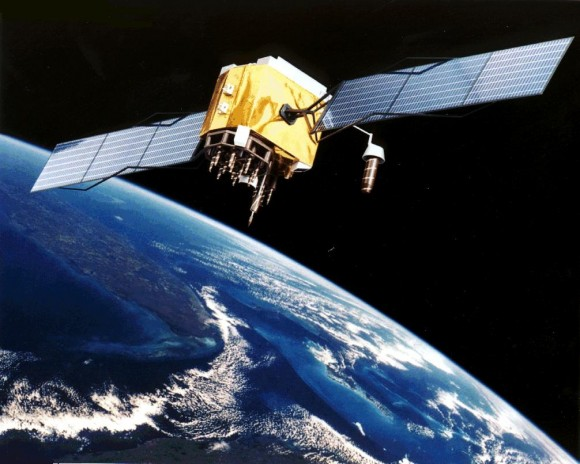
INTRODUCTION
Self-healing satellites are spacecraft equipped with AI, advanced materials, and autonomous repair systems that can detect, diagnose, and fix damages caused by space debris, radiation, or cyberattacks without human intervention.
KEY TECHNOLOGIES OF SELF-HEALING SATELLITES
1️⃣ AI-Driven Fault Detection & Auto-Repair
✅ Machine Learning-Based Diagnostics – AI continuously scans onboard systems, detecting anomalies before they lead to failures.
✅ Predictive Maintenance – AI predicts weak spots based on historical data and initiates repairs before breakdowns occur.
✅ Self-Reconfiguration – AI can reroute signals, power, and data if a system component fails.
2️⃣ Self-Healing Materials & Nanotechnology
✅ Nanopolymer Coatings – Special materials that react to damage by releasing a self-healing gel, hardening into a protective shield.
✅ Metamaterials – Advanced materials that reshape at a molecular level to repair minor cracks.
✅ Shape-Memory Alloys (SMA) – Metals that return to their original shape after damage, reducing structural failures.
3️⃣ Robotic & Modular Repair Systems
✅ Autonomous Repair Arms – Small robotic arms onboard satellites can repair damaged solar panels, antennas, and sensors.
✅ Swarm Repair Bots – Mini autonomous satellites or drones that detach and fix critical components in orbit.
✅ Modular Satellites – Future satellites may be designed with replaceable plug-and-play parts, allowing self-repair through reconfiguration.
4️⃣ Quantum & Cybersecurity Enhancements
✅ Quantum Encryption – Prevents hacking by using unbreakable quantum keys.
✅ AI-Based Cyber Defense – Detects and neutralizes cyber threats autonomously.
✅ Self-Healing Software – AI-powered code patches itself without human intervention, fixing vulnerabilities instantly.
5️⃣ Additive Manufacturing (3D Printing in Space)
✅ In-Orbit 3D Printing – Satellites could manufacture and replace broken parts on demand.
✅ Self-Assembling Structures – AI-driven robotic arms could construct and repair satellites in space using printed materials.
6️⃣ Energy & Power System Resilience
✅ Self-Healing Batteries – Uses nanomaterials to restructure and restore capacity after degradation.
✅ AI-Powered Power Management – Reroutes power dynamically to maintain satellite function even after partial system failures.

HOW DOES IT WORK
AI-powered EW pods automate and optimize electronic warfare through:
- Real-Time Signal Detection & Classification
- AI rapidly scans the electromagnetic spectrum to detect and classify enemy radar, communication signals, and jamming attempts.
- Unlike traditional EW, which relies on pre-programmed threat libraries, AI can identify new threats on the battlefield dynamically.
- Adaptive Jamming & Spoofing
- The AI analyzes enemy signals and generates customized jamming waveforms in real time, disrupting enemy radars, missile guidance, and drones.
- AI can also spoof enemy sensors by sending false signals, making friendly forces appear in a different location.
3.Automated Electronic Counter-Countermeasures (ECCM)
- If an enemy tries to counteract the jamming, AI can instantly adapt, ensuring continued disruption.
- It learns from past encounters and improves with each engagement.
4.Cognitive Electronic Warfare
- AI can predict enemy electronic warfare strategies by analyzing past engagements, helping forces stay one step ahead.
- It optimizes power usage, focusing energy where it’s most effective, increasing efficiency.
KEY MILITARY AND CIVILIAN APPLICATIONS
🛰 Military Reconnaissance – Ensures spy satellites remain functional in high-threat environments.
🌍 Earth Observation – Supports continuous weather and climate monitoring.
📡 Communication Networks – Strengthens global satellite internet (e.g., Starlink, OneWeb).
🚀 Deep Space Missions – Critical for Mars and Moon bases, where repairs are difficult.
CURRENT RESEARCH AND DEVELOPMENT
🔹 NASA’s SHARP Program – Exploring self-healing nanomaterials for space applications.
🔹 DARPA’s Robotic Servicing of Geosynchronous Satellites (RSGS) – Developing orbital repair robots.
🔹 ESA’s Active Debris Removal (ADR) – Could integrate self-repairing tech in future satellites.
ADVANTAGES OF SATELLITES
✅ Extended Lifespan – Reduces the need for costly replacements.
✅ Reduced Maintenance Costs – Fewer manual interventions from ground stations.
✅ Higher Mission Reliability – Increases resilience against space debris and radiation.
✅ Enhanced Cybersecurity – AI can neutralize hacking attempts instantly.
✅ Sustainability in Space – Fewer defunct satellites mean less space junk.
CHALLENGES OF SATELLITES
⚠ High Development Costs – Advanced AI and materials increase initial investment.
⚠ Material Limitations – Current self-healing materials are slow and work only for minor damage.
⚠ AI Autonomy Risks – Needs fail-safes to prevent unintended malfunctions.

